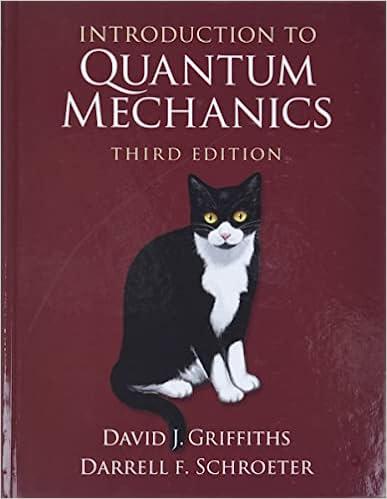Suppose you had three particles, one in state a, one in state b(x), and one in state
Question:
Suppose you had three particles, one in state Ψa, one in state Ψb(x), and one in state Ψc(x). Assuming Ψa, Ψb, and Ψc are orthonormal, construct the three-particle states (analogous to Equations 5.19, 5.20, and 5.21) representing (a) distinguishable particles, (b) identical bosons, and (c) identical fermions. Keep in mind that (b) must be completely symmetric, under interchange of any pair of particles, and (c) must be completely anti-symmetric, in the same sense. There’s a cute trick for constructing completely antisymmetric wave functions: Form the Slater determinant, whose first row is Ψa(x1), Ψb(x1), Ψc(x1), etc., whose second row is Ψa(x2), Ψb(x2), Ψc(x2), etc., and so on (this device works for any number of particles).
Equations 5.19

Equations 5.20

Equations 5.21

Step by Step Answer:

Introduction To Quantum Mechanics
ISBN: 9781107189638
3rd Edition
Authors: David J. Griffiths, Darrell F. Schroeter





